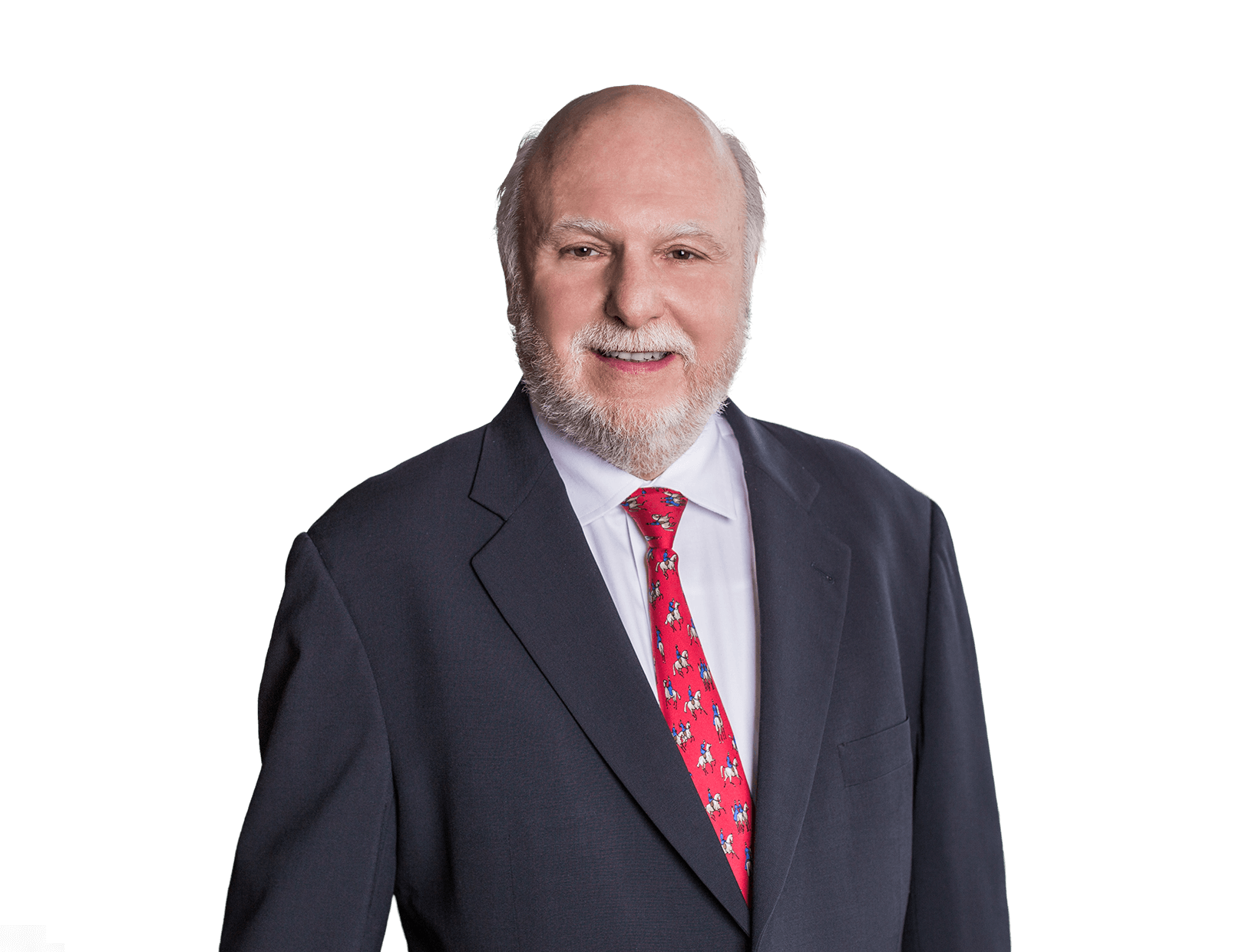Blog
Federal Circuit Reiterates That an Alleged Infringer’s Intent Is Irrelevant in a Hatch-Waxman Safe Harbor Analysis
Fish & Richardson
Authors
-
- Name
- Person title
- Principal

-
- Name
- Person title
- Of Counsel

The Federal Circuit considered the relevance of an alleged infringer’s intent in a safe harbor analysis in Edwards Lifesciences Corp. v. Meril Life Scis. Pvt.1 The District Court had previously granted summary judgment that Meril’s importations of its two heart valves for a presentation at an industry conference were exempt from infringement under the safe harbor. The Federal Circuit affirmed.2
Statutory background
The safe harbor provision, 35 U.S.C. § 271(e)(1), was enacted as part of the Hatch-Waxman Act. In relevant part, it provides:
It shall not be an act of infringement to make, use, offer to sell, or sell within the United States or import into the United States a patented invention . . . solely for uses reasonably related to the development and submission of information under a Federal law which regulates the manufacture, use, or sale of drugs or veterinary biological products.3
The Federal Circuit’s decision
In affirming the District Court’s decision, the Federal Circuit noted that Meril’s intent regarding the potential use of the heart valves was irrelevant.4 Looking to the statutory language, the court stated that the safe harbor exception applies “solely for uses reasonably related to the development and submission of information” to the Food and Drug Administration (FDA).5 Accordingly, “solely” modifies “for uses” and not, for example, “solely… related to the development and submission of information.”6 “It is not that the use must only be reasonably related to the development and submission of information to the FDA.”7 The Federal Circuit, therefore, recognized that the “relevant inquiry is not why Meril imported the two transcatheter heart valve systems, or how Meril used the imported transcatheter heart valve systems, but whether the act of importation itself was for a use reasonably related to the development and submission of information to the FDA.”8
With that background, the Federal Circuit analyzed Meril’s alleged “acts” of infringement under the safe harbor. It was undisputed that there were no offers for sale or sales at the conference; therefore, the only “act” the court considered was Meril’s importation of the two heart valve systems.9 The court looked to this conduct to assess whether the act of importation was “reasonably related to the development and submission” of information to FDA.10 It was undisputed that Meril had taken steps towards obtaining FDA approval for the heart valves, including: “(1) preparing a formal clinical trial synopsis for its Landmark Trial; (2) preparing a draft presubmission to seek FDA input on its clinical trial; (3) communicating with the FDA regarding Meril’s proposed clinical study and its presubmission; and (4) hiring a FDA consultant to help with the FDA presubmission.”11 These activities indicated that Meril had taken “significant steps towards obtaining FDA approval.”12
As part of the “significant steps towards obtaining FDA approval,” the court noted that Meril had attended the conference, which “was attended by many potential clinical investigators.”13 The court recognized that “‘device sponsors,’ like Meril, ‘are responsible for selecting qualified investigators and providing them with the necessary information to conduct clinical testing.’”14 The importation of the two heart valves was thus “reasonably related to FDA approval” and fell within § 271(e)(1).15
Judge Lourie dissented, faulting the majority for ignoring the word “solely” in § 271(e)(1).16 He asserted that “solely” “creates a safe harbor only for uses, sales, and importations that solely are for, as the statute says, development of information for the FDA.”17 Judge Lourie noted that the majority “effectively disregard[ed] any evidence concerning Meril’s commercial uses corresponding to the importation at issue.”18 Pointing out the tension between the plain language of the statute and the court’s precedent in AbTox and Amgen19, Judge Lourie suggested the law “could usefully be clarified by an en banc holding of this court, expressly returning the word ‘solely’ to its Congressionally-enacted place in the statute.”20
Interestingly, Judge Lourie’s dissenting opinion is aligned with the Northern District of California District Court’s 1987 interpretation of § 271(e)(1). In Scripps Clinic and Research Foundation v. Genentech, Inc., the District Court denied summary judgment under the safe harbor.21 It was undisputed that Genentech’s uses of the clotting factor, Factor VIII:C, were not “solely for purposes related to FDA testing” and included, among other things, preparation of an application for a European patent and performance of an agreement to develop a commercial-scale manufacturing process for Factor VIII:C.22 Genentech argued that “all of its uses of Factor VIII:C, though not solely for purposes related to FDA testing, bear some reasonable relationship to such purposes and hence are noninfringing under § 271(e)(1).23 The District Court rejected Genentech’s argument, noting that Genentech sought to read out the word “solely for” from the language of the statute.24 “The statute’s meaning is clear: the use of a patented invention is protected so long as that use is solely for purposes reasonably related to meeting the reporting requirements of federal laws.”25
Takeaways
Given the nature of summary judgment, the Federal Circuit’s decision in Edwards v. Meril Lifesciences is fact-intensive. However, this appeal presents an interesting issue of what role, if any, intent plays in a safe harbor analysis regarding, inter alia, presentations at industry conferences.
It is unclear how Judge Lourie’s views on the term “solely” would have impacted the majority’s decision. If Meril’s sole purpose or intent in importing the two devices was to secure clinical investigators — obviously necessary to conduct clinical trials (which, of course, are protected by the safe harbor) — the importation should be protected even under strict interpretation of the term “solely.” If this was not the sole purpose for the importation, the safe harbor, according to Judge Lourie, would not apply. For example, if Meril had also intended to obtain a commercial advantage by displaying the devices, the importation was not “solely” for purposes protected by the statute. Apparently, this approach would mandate a more thorough investigation of Meril’s intent, which, according to Judge Lourie, was not conducted.
If Judge Lourie’s views were adopted, District Court decisions on the applicability of the safe harbor would in many cases become more complicated and fact intensive. Disregarding an alleged infringer’s intent, as the majority holds, would seem to favor early decisions, e.g. motions to dismiss or summary judgment — not mini-trials on issues of intent.
Edwards Lifesciences Corp. v. Meril Life Sciences Pvt. Ltd., No. 22-1877, 2024 U.S. App. LEXIS 6950, at *1 (Fed. Cir. Mar. 25, 2024). See Del Dotto’s and Coggio’s previous blog post, “Federal Circuit to Consider the Relevance of an Alleged Infringer’s ‘Intent’ in a Hatch-Waxman Safe Harbor Analysis” for an in-depth discussion of the district court’s decision in Edwards, available here.
Edwards Lifesciences Corp., 2024 U.S. App. LEXIS 6950, at *1
35 U.S.C. § 271(e)(1) (emphasis added).
Edwards Lifesciences Corp., 2024 U.S. App. LEXIS 6950, at *13.
Id. (emphasis in original).
Id.
Id. (emphasis in original).
Id. at *13-*14.
Id. at *6-*7.
Id. at *12.
Id. at *14-*15.
Id. at *15.
Id. at *15
Id. (citing Telectronics Pacing Sys., Inc. v. Ventritex, 982 F.2d 1520, 1523 (Fed. Cir. 1992)).
Id.
Id. at *24.
Id. at *25.
Id. at *30.
See Del Dotto’s and Coggio’s previous blog post, “Federal Circuit to Consider the Relevance of an Alleged Infringer’s ‘Intent’ in a Hatch-Waxman Safe Harbor Analysis” for further discussion of these cases, available here.
Id. at *38-*39.
666 F.Supp. 1379, 1397 (N.D. Cal. 1987), overruled on other grounds, 566 F.3d 1282 (Fed. Cir. 2009).
666 F.Supp. at 1396.
Id.
Id.
Id.
The opinions expressed are those of the authors on the date noted above and do not necessarily reflect the views of Fish & Richardson P.C., any other of its lawyers, its clients, or any of its or their respective affiliates. This post is for general information purposes only and is not intended to be and should not be taken as legal advice. No attorney-client relationship is formed.